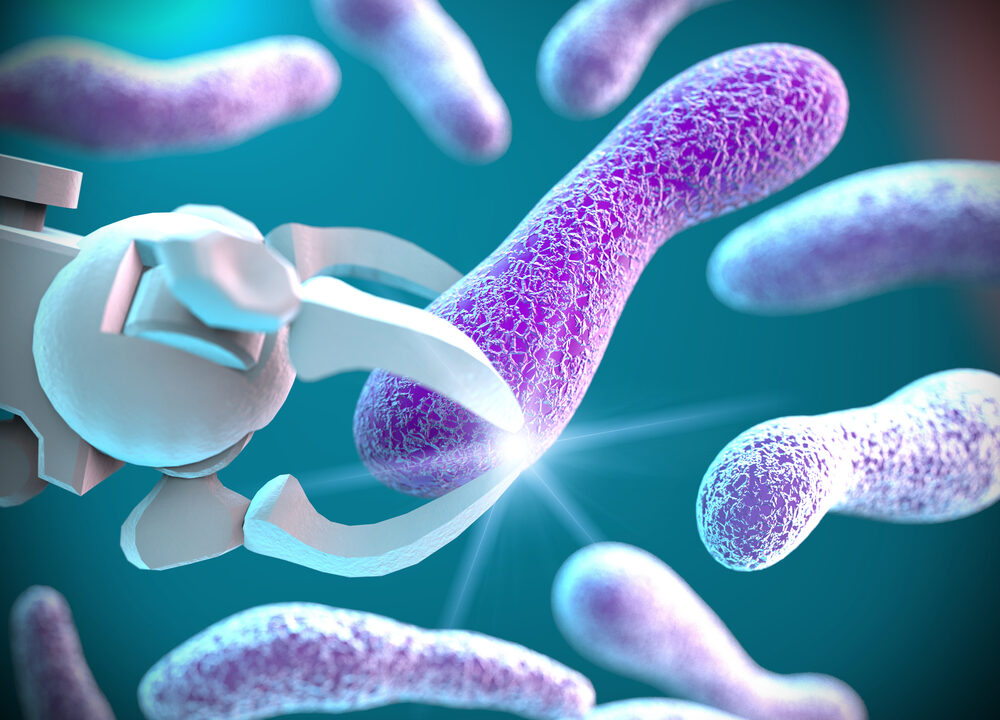The View from Animal Health Ireland: Following completion of the voluntary phase of the national BVD eradication programme in 2012, in which approximately 10,000 farmers participated, the programme moved into the compulsory phase on 1 January 2013, with legislation entering into force on that date introducing a requirement to test all calves born after that date for BVD.
Since the beginning of the compulsory programme, approximately 1.9 million calves have been tested. Of these, 98.05 per cent were negative, 0.77 per cent positive, 0.03 per cent inconclusive and 1.12 per cent empty on initial sampling (as of 16 September 2013).
These results are in line with Animal Health Ireland’s (AHI) expectations of the prevalence of the disease in Ireland. The Irish Cattle Breeding Federation (ICBF) database and the designated testing laboratories have coped very well with the volume of samples throughout the year, which reached a peak of more than 120,000 per week in February and March.
The level of compliance by farmers with the requirement to test calves is very high, with a result recorded on the database for 97.8 per cent of all calves registered in 2013.
The BVD Implementation Group is very encouraged by this level of compliance and uptake by farmers in the first ever industry-led programme in the dairy and livestock sector. Any calves not tested to date are being actively followed up by the BVD Implementation Group to ensure that the animals are tested and therefore not subject to a BVD-related restriction on sale or movement off their holdings.
Overall, approximately 62 per cent of potential PI calves identified in 2013 are now dead, although this figure is higher (75-80 per cent) for those born in the early months of the year and is lower for calves born more recently.
The level of retention is higher in beef than in dairy herds and it is hoped that the recent announcement by the Department of Agriculture of financial incentives for the second and subsequent PI animal culled from beef herds will further increase the rate of disposal.
AHI continues to emphasise the importance of culling PI animals, and of implementing best practice generally in relation to herd bio-security, to ensure that eradication is achieved in the timeframes set out in the programme.
It is envisaged that each herd will typically conduct three years of tissue tag testing, followed by a further three years of lower level monitoring or surveillance. For the majority of the herds that participated in the voluntary phase, and which are considered to be fully compliant with the guidelines, it is anticipated that the monitoring phase of the programme will commence in January 2015.
For the herds that did not participate in the voluntary phase of the programme, or which were not compliant with the voluntary programme guidelines, the move to the monitoring phase is expected to start in January 2016.
The BVD Implementation Group is in the process of establishing the requirements to allow herds to enter the monitoring phase and the monitoring options that will be available in that phase of the programme.
For example, two of the key criteria that must be met for a herd to move into the monitoring phase will be as follows:
- The BVD test status of all animals in the herd must be known (on the basis of both ‘direct’ and ‘indirect’ results);
- No animal which has given a positive or inconclusive result to a BVD test may have been present in the herd in the 12 months preceding the transition to the monitoring phase.
The above criteria will have immediate relevance to the farmers who entered the programme in the voluntary phase in 2012 and who are anticipating finishing tag testing in 2014. In particular, these herd-owners should be aware that any PI animals on their holdings will need to have been disposed of by the end of this year to enable the transition to the monitoring phase in January 2015.
This update, published today, was provided by Animal Health Ireland (AHI).
AHI was formally launched on 28 January 2009. It is an industry-led, not-for-profit partnership between livestock producers, processors, animal health advisers and Government.
Image Shutterstock
